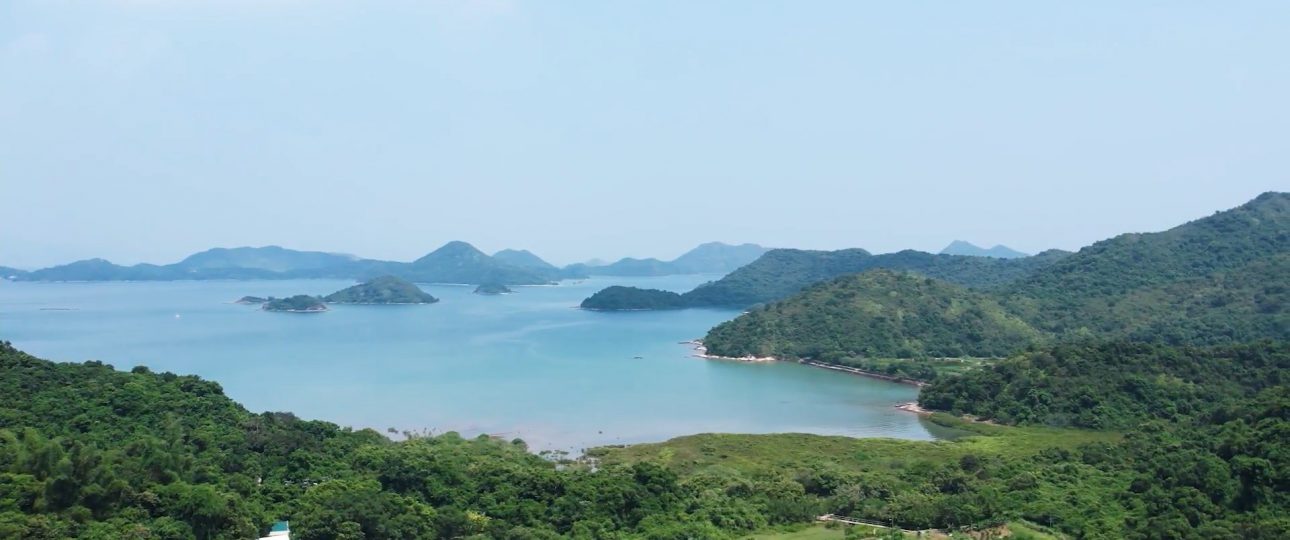Discover Lai Chi Wo: A Journey Through Time in Hong Kong
Lai Chi Wo is a village in the northeastern New Territories of Hong Kong, offering a unique glimpse into the region’s history and culture. Once a prosperous Hakka walled village, it now stands as a testament to traditional life, surrounded by the natural beauty of Plover Cove Country Park and Yan Chau Tong Marine Park.
A Historical Overview
Lai Chi Wo’s history spans over 400 years, predating the arrival of the Hakka people. Originally a thriving community, it experienced a decline about a century ago. A feng shui master advised building three feng shui walls, which helped restore its prosperity. Today, the village is largely inhabited by older residents, with many younger generations having moved to nearby towns or overseas. However, during celebrations like the Tai Ping Ching Chiu festival, held every ten years, former residents return to honor their heritage.
Hakka Cultural Roots
The village is predominantly Hakka, with the Tsang and Wong families being the primary inhabitants. The architecture reflects typical Hakka design, with 211 houses arranged in three rows and nine columns. Visitors can explore the Tsang’s Ancestral Hall, Wong’s Ancestral Hall, and Wong’s Weixing Ancestral Hall, each showcasing intricate woodwork and historical significance.
Getting to Lai Chi Wo
Reaching Lai Chi Wo involves a bit of planning. Start by taking the MTR to University Station. From there, board the 275R minibus to the village entrance. Alternatively, hikers often begin their journey from Wu Kau Tang near Tai Po or Luk Keng near Fanling, using Lai Chi Wo as a midpoint. Be sure to check the minibus schedule, as service frequency can vary.
Exploring the Village
Best Time to Visit
Spring and autumn are ideal for visiting Lai Chi Wo. Spring brings vibrant blooms, while autumn offers mild temperatures and colorful foliage, perfect for hiking and outdoor activities.
Local Transportation
The village is compact and best explored on foot. Look for the ancient banyan tree, estimated to be over 300 years old. For a leisurely experience, rent a bicycle at the village entrance and cycle through the scenic countryside.
Key Attractions
- Lai Chi Wo Nature Trail: This trail winds through lush forests and streams, offering breathtaking views and a chance to connect with nature.
- Fung Shui Woodland: The village is surrounded by a C-shaped fung shui forest, designed to protect against natural elements and provide resources like fuel wood and medicinal plants.
- Hip Tin Temple and Hok Shan Monastery: These Grade III historic buildings are part of the village’s cultural heritage.
- Lai Chi Wo Organic Farm: Learn about sustainable farming practices and enjoy fresh produce from the village’s organic farm.
Lai Chi Wo is also part of the Hong Kong UNESCO Global Geopark, highlighting its geological significance. The sand flat at Lai Chi Wo in Starling Inlet, covering 11 hectares, is a Site of Special Scientific Interest, known for its marine eel grass.
While Lai Chi Wo offers a rich cultural and natural experience, visitors should be prepared for limited amenities and plan their visit accordingly. The village’s remote location means fewer conveniences, but it also provides a peaceful escape from the bustling city life of Hong Kong.




